Every diet and healthy eating regimen includes whole grain foods. Often, however, when we hear this definition, we can't remember exactly which foods are being referred to.
To get the full benefits of whole grains, it's a good idea to become familiar with all types of grains and the differences between them. When you eat them, your stomach and intestines function better. In addition, they are low in calories, help weight loss processes and are rich in vitamins, minerals, phytoestrogens, antioxidants and phenols, protein and carbohydrates.
Whole grain foods are much more healthy than processed ones. However, they are often confused with 100% grain and multigrain products. Whole grain foods are the following:
Brown rice
One cup of raw brown rice yields three cups for consumption. It is much more useful than white, but it also requires more time to prepare. It is rich in vitamin B, phosphorus and magnesium. There are 4 g of fiber in 100 g of brown rice - useful for digestion and constipation. It does not contain gluten and removes unnecessary water from the body.
Bulgur
Bulgur is made from wheat kernels that are processed and crushed into pieces. To make it edible, it is soaked or boiled briefly. This prevents it from losing all the useful nutrients and fiber. Up to 75% of the fiber and protein required for the day can be found in one cup of bulgur. It also contains high levels of iron and magnesium.
Barley
These grains are among the few that contain fiber throughout their kernel. There are also some semi-peeled varieties that have more bran and are an even better source of fiber.
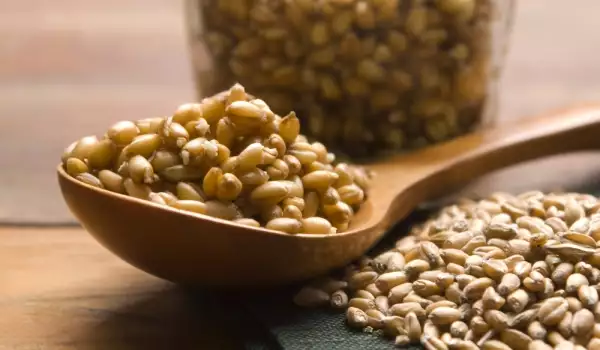
Quinoa
This gluten-free grain cooks the fastest compared to other grains. It is unique as it is one of the few complete proteins given to us by nature. This means it contains all nine essential amino acids. 1 cup of quinoa contains a staggering 552 mg of omega-3 fatty acids. The grain also contains phosphorus, magnesium and zinc, as well as vitamins B and E.
Wheat
Wheat grains are full of vitamins and minerals. Before it is prepared in any way, it is boiled. That's how it's most useful. It can be flavored with nuts, honey, dried fruits and others.
Buckwheat
In addition to being gluten-free, buckwheat is a rich source of magnesium, which relieves PMS symptoms and calms the nervous system. At the same time, buckwheat is also useful for the brain, as it contains enviable amounts of manganese.
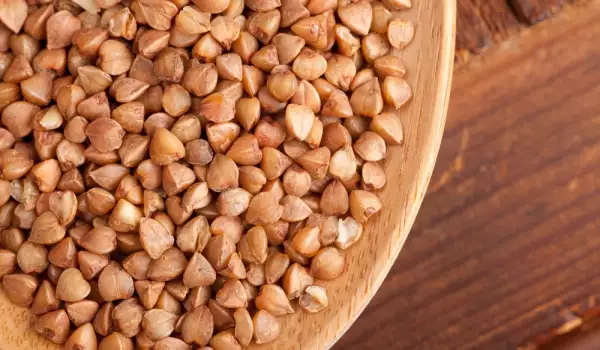
Whole grain oatmeal
They are the perfect healthy breakfast. They are rich in avenanthramide - the antioxidant that protects the heart. They can be eaten with dried fruits and honey.
The list of whole grain foods also includes millet, oats and rye. All products made from them are also considered whole grains.
Check out some delicious suggestions for:
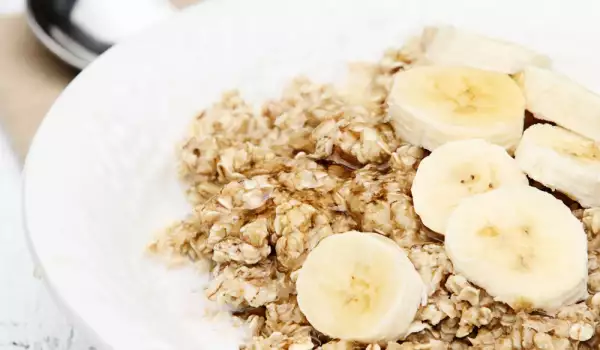
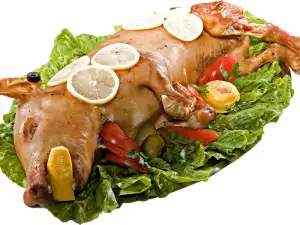
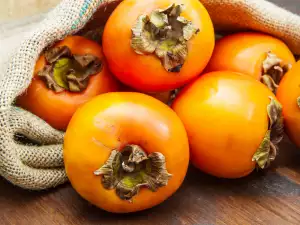
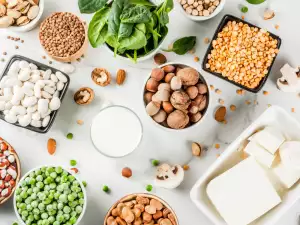
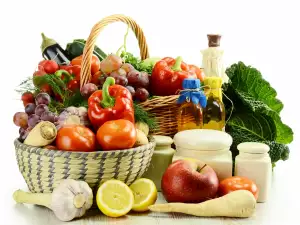
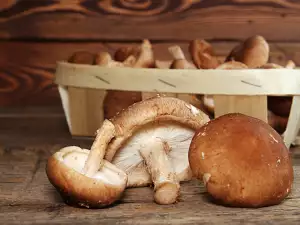

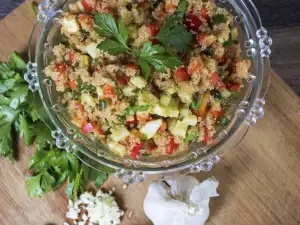
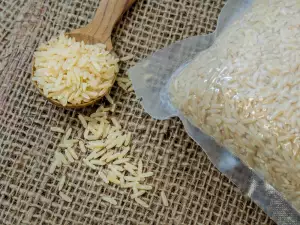

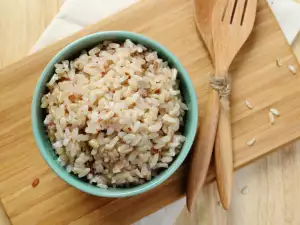
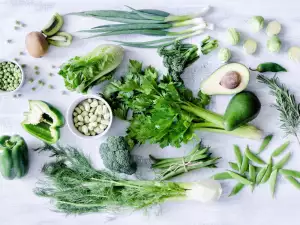

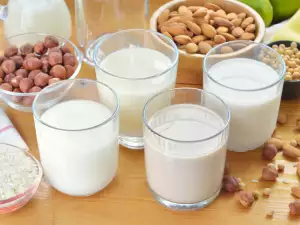
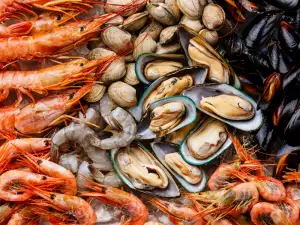
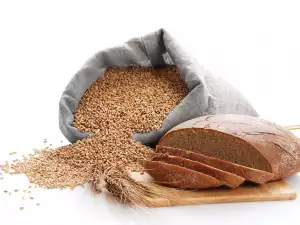




Comments